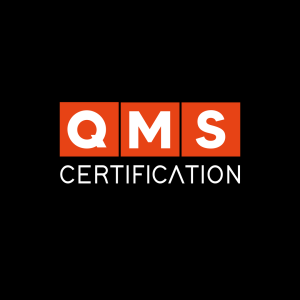HACCP, which stands for Hazard Analysis Critical Control Points, serves as an effective means of assuring food safety from harvest to consumption, with risk assessment and problem prevention as a paramount goal. HACCP uses a systematic approach composed of seven main principles, let’s look into them.
Principle 1: Conduct a hazard analysis.
First, you have to identify hazards. This includes biological, chemical, or physical agent that is likely to cause illness or injury if not effectively controlled. All aspects involved in the production process need to be considered. In addition, hazard analysis is made not only to determine hazards that are likely to occur, but also to identify preventive measures that can be applied to control those hazards.
 Principle 2: Identify critical control points.
Principle 2: Identify critical control points.
CPP, or a critical control point is a step, or procedure in a food process at which control can be applied and, as a result, a food safety hazard can be prevented, eliminated, or reduced to an acceptable level, considered safe for human consumption. Your company needs to implement a written HACCP plan that covers all of their products.
Principle 3: Establish critical limits for each critical control point.
Each control point identified above has a critical limit, which is the maximum or minimum value to which a physical, biological, or chemical hazard must be controlled at a critical control point to prevent, eliminate, or reduce to an acceptable level. These can be based on process parameters such as time, temperature, pH, etc.
Principle 4: Establish critical control point monitoring requirements.
Next, you need to monitor the activities that are necessary to ensure that the process is under control at each critical control point. You can list the procedures, and the frequency with which those procedures will be performed and monitor each of the critical control points to ensure compliance with the critical limits.
Principle 5: Establish corrective actions.
Corrective actions must be established. These are actions to be taken when monitoring indicates a deviation from an established critical limit. The HACCP plan needs to identify the corrective actions to be taken if a critical limit is not met. Corrective actions are intended to ensure that no product that poses health threats as a result of the deviation enters commerce.
Principle 6: Establish record keeping procedures.
The HACCP regulation requires all companies to maintain certain documents, including its hazard analysis and written HACCP plan with records documenting the monitoring of critical control points, critical limits, verification activities, and the handling of processing deviations.
Principle 7: Establish procedures for verifying the HACCP system is working as intended.
Validation ensures that the plans do what they were designed to do; that is, they are successful in ensuring the production of safe products. You must verify that the controls are working as planned by performing ongoing verficiations of the system.
For more information on HACCP and certification, please write to us at anytime at contact@qms-certification.com.











